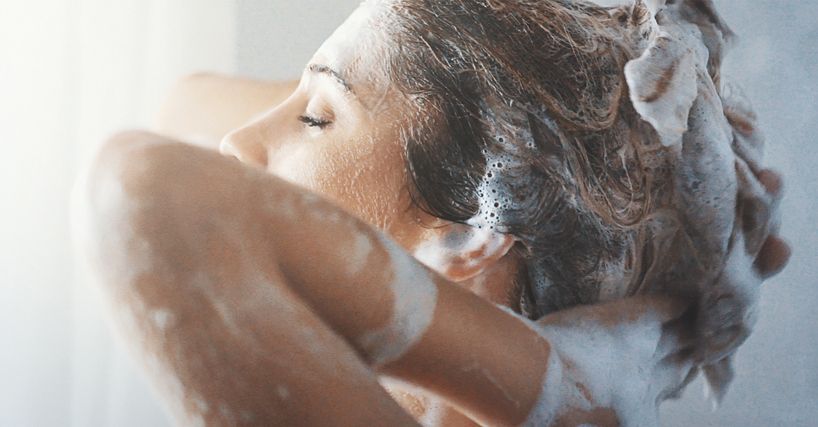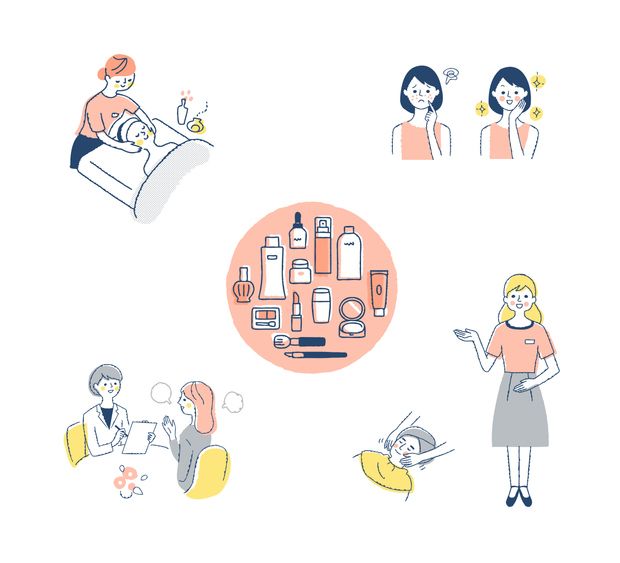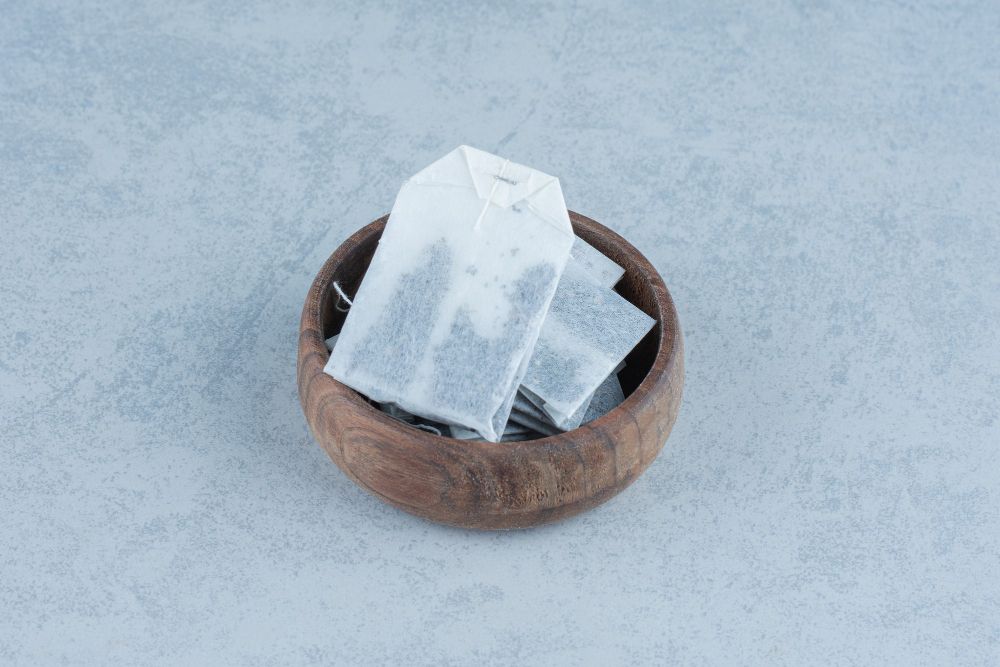
Book Now to Experience
Acne Treatment
1 Minute Self-Registration
Date should not be before minimal date
Author: Leila Tan|Updated: 23 July 2024
Sometimes removing stubborn acne can be difficult even after trying multiple products and treatments. Knowing the basic information can give you the right solution for you acne problem.
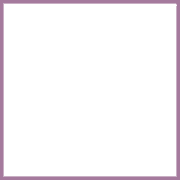
1
What are p acnes?
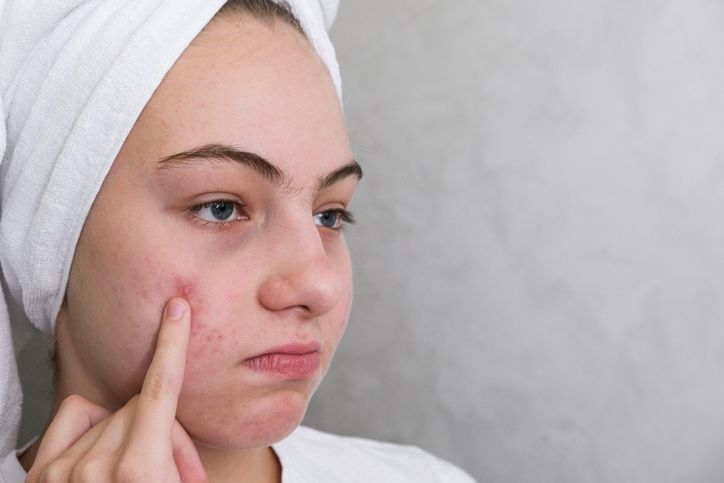
P acnes also known as Cutibacterium acnes, formerly known as Propionibacterium acnes. This is the gram-positive, anaerobic, generally aerotolerant anaerobic bacteria (rod) that has been related to the skin disorder acne. It can also cause endophthalmitis and chronic blepharitis, the latter of which is most common after intraocular surgery.

2
Acne Vulgaris
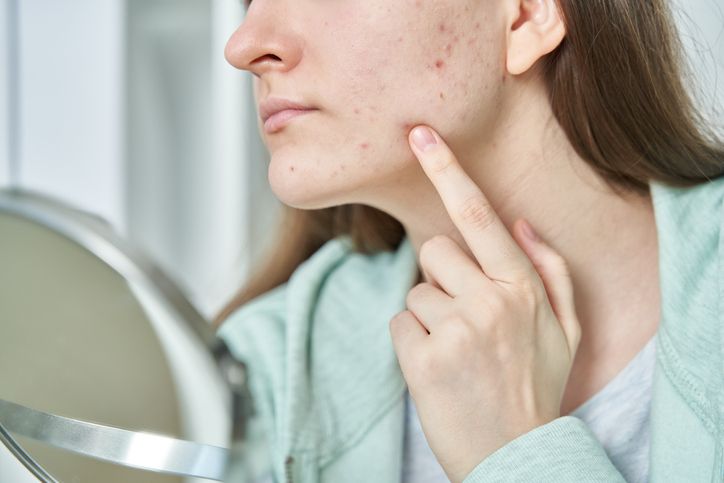
Although they can occasionally be found on the surface of healthy skin, Cutibacterium acnes germs primarily reside deep within follicles and pores. Sebum, cellular debris, and metabolic byproducts from the surrounding skin tissue serve as the primary sources of energy and nutrients for C. acnes bacteria in these follicles.
The bacteria Cutibacterium acnes release a variety of proteins, including digesting enzymes. These enzymes aid in the absorption of additional nutrients as well as the digestion of sebum. The layers of cells that make up the follicular walls can also become unstable due to them.
Over 650 million people worldwide suffer with acne vulgaris, a chronic inflammatory condition of the pilosebaceous unit, which contains the hair follicle, hair shaft, and sebaceous gland.
Read More

3
What kills p acne?
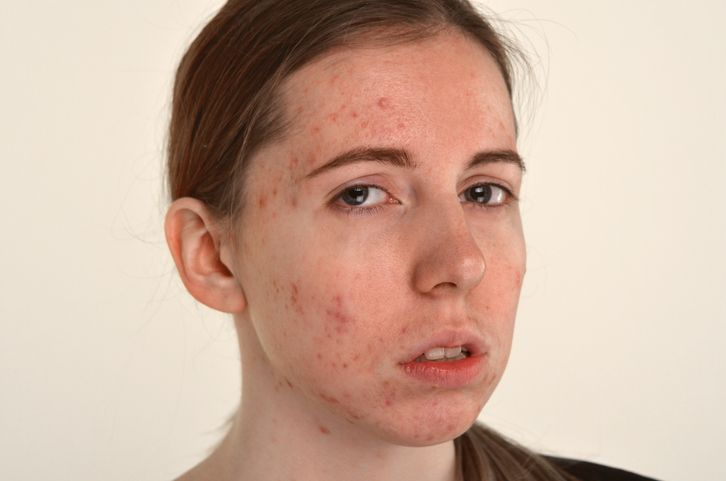
Dry up the oil
Teenage hormones cause your skin to secrete more sebum, a sticky oil that typically keeps your skin moisturized and protected. But, too much sebum clogs your follicles (also known as pores), making it impossible for them to shed old skin cells and grow new ones.
Your skin can more easily get rid of dead cells and starve P acnes by drying up the oil on its surface and in its follicles. Although you can attempt a topical treatment with salicylic acid or benzoyl peroxide from your neighborhood pharmacy, they most likely won't be potent enough to work.
Salicylic acid and benzoyl peroxide in medical-grade formulations, as well as retinoids and topical antibiotics, may be suggested by your dermatologist. Retinoids not only assist to eliminate P acnes and dry up the oil, but they also speed up cell renewal, giving your skin a more youthful appearance.
Kill the bacterial infections
In addition to topical treatments, your dermatologist may advise oral antibiotics if your acne is severe. P acnes is killed by antibiotics, which helps you have fewer acne lesions, and reduces inflammation.
Balance your hormones
Your sebum production increases in response to hormones like testosterone. During puberty, perimenopause, menopause, or if you have polycystic ovarian syndrome, your hormones spike and become out of balance (PCOS).
In order to reestablish equilibrium, your dermatologist may advise hormonal birth control if you're a woman. You may need to quit using steroids for bodybuilding or other purposes if you're a boy or man.
Peel away dead skin cells
To keep your pores clear and healthy, regular chemical peels help your skin shed dead cells. However at Specialists in Dermatology, chemical peels are customized for your skin type and acne kind.
Your skin's top layer is removed during a chemical peel procedure so that your new, healthy skin can show through. The sloughing and skin-renewal process also causes your skin to create new collagen and elastin proteins, which thicken and strengthen your skin.

4
Treatment for p acne
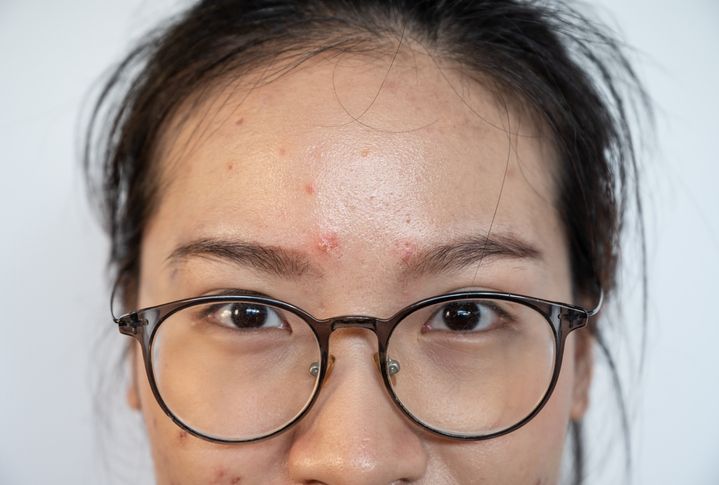
There are many treatment options to kill p acne. Here we have listed the most efficient and effective treatment that helps to reduce acne.
Acne treatment - New Beauty
What is this treatment? How does this work? Well, let us answer that!
The Acne Treatment is a new treatment from New Beauty for skin that is prone to breakouts. First, the dual spiral suction plus drainage technology exfoliates dead skin cells and clears clogged pores at the same time, reducing acne infection and inflammation. The face is then treated with a moisturizing serum to control sebum output and encourage collagen synthesis. Future breakouts of acne are less likely if there is insufficient oil.
Acne, blemishes, blackheads, whiteheads, pockmarks, enlarged pores, dry skin, acne scars, and dull skin tone are all goals of the acne treatment. Seize the opportunity to revive bright skin and increase your self-esteem!
What can I get out of this treatment?
This treatment offers multiple benefits for your skin and immune system, such as:
Removes Dead Skin Cells: Excess dead skin cells are removed using dual spiral suction and drainage technology to keep pores from becoming clogged in the future.
Hydrating Essence: A medical-grade moisturizing serum may penetrate the deepest layers of the skin to nourish and hydrate the skin tissues while also soothing acne-prone skin. Moreover, it soothes the sebaceous glands to stop overproduction of oil.
Visible Results: You will have less acne breakouts, acne scarring, and various types of acne as the treatment goes on. See as your skin becomes healthier, more moisturized, and lighter with less of an oily sheen!
Non-invasive Treatment: The acne treatment is non-invasive, so there is no need for oral antibiotics, surgery, incisions, injections, or acne medication. Most persons with a moderate acne up to severe acne, according to our in-house beauticians, are candidates for this treatment.
How does this treatment exactly work?
Step 1: The consultant will outline the procedure's steps and theoretical underpinnings. The beauty therapist then performs a patch test to make sure the probe hasn't caused acne patients any irritation.
Step 2: The vacuum microdermabrasion and deep cleaning process is started by the twin spiral suction/drainage probe. Exfoliation is used to remove dead skin cells, oil, and grime that have been trapped in the pores and on the surface of the skin. The acne inflammation and infection should gradually subside if the pollutants are removed.
Step 3: To balance the water-to-oil ratio, calm the oil glands from future overproduction of oil, and promote collagen growth, the moisturizing serum is injected into the unclogged skin. This results in treating acne, fewer new outbreaks, and a finer complexion for the skin.

Book Now to Experience
Acne Treatment
1 Minute Self-Registration
Date should not be before minimal date

5
Over the counter treatments
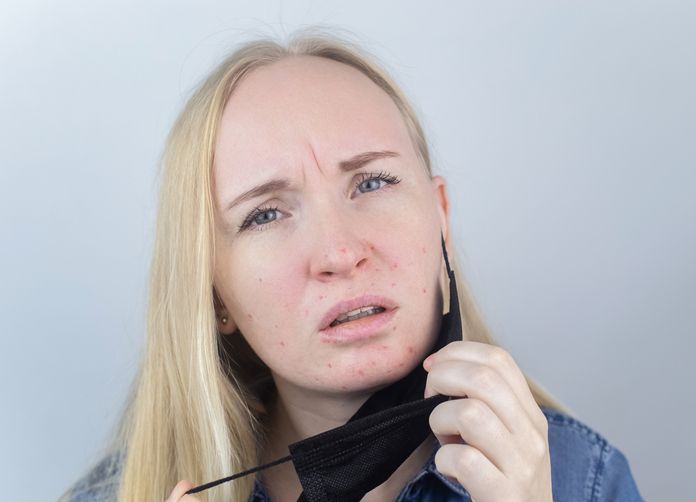
Start with over-the-counter medications that don't require a prescription for minor acne. Wash your face every day, first. Be gentle, overdoing it can make your skin worse.

6
Benzoyl peroxide
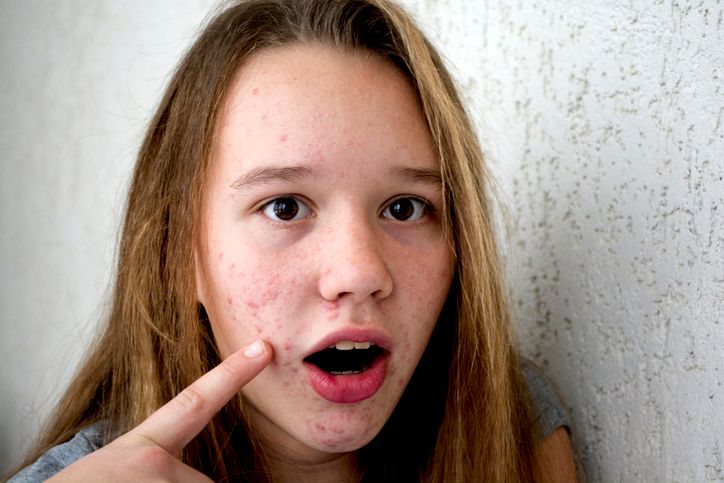
Typically, gels or lotions are used to sell the topical benzoyl peroxide. It clears clogged pores, dries up zits, and eradicates bacteria as well as prevents new acne from forming. Benzoyl peroxide and adapalene are frequently used in combination to treat acne.
Bacteriocidal refers to the property of benzoyl peroxide to kill bacteria. Benzoyl peroxide fights Propionibacterium acnes, the bacteria responsible for acne, when it is applied to the skin.
Products that contain benzoyl peroxide
Face washes,body washes,creams or ointments,gels
How to use it
If using benzoyl peroxide for the first time, one might want to start out slowly to see how their skin responds. It can be preferable to use benzoyl peroxide less regularly if the skin starts to peel or become very dry.
Generally speaking, until the skin adjusts to it, people can use benzoyl peroxide once every 1-2 days. Washing your hands both before and after using benzoyl peroxide is crucial. By doing this, you can stop bacteria from spreading from your hands to your face or other surfaces.
Read More

7
Salicylic acid
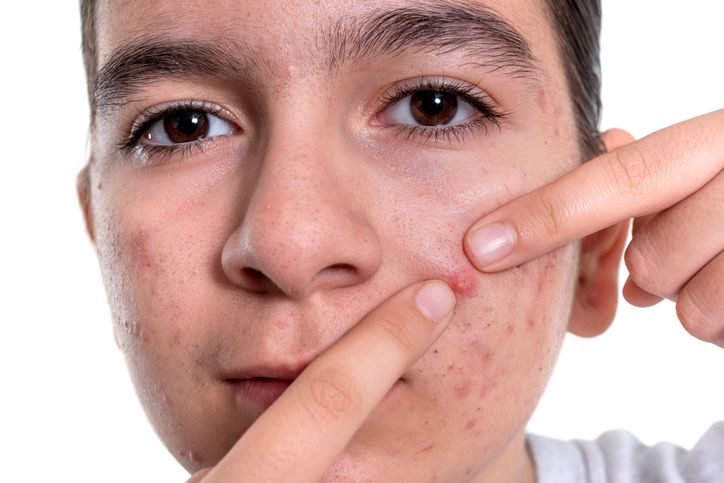
A naturally occurring beta hydroxy acid called salicylic acid (SA) can be found in plants like willow bark. Salicylic acid functions as an exfoliator to get rid of dead skin cells and has anti-inflammatory and antibacterial properties.
By clearing blocked pores, salicylic acid treats acne. In order for dead skin cells to more easily exfoliate from the pore, it breaks down the connections that hold them together as well as lipids like sebum.
How to use it
The directions for the product will specify whether to wash off or leave on for a specified period of time. Use at first once per day, then gradually increase to 2-3 times per day. Reduce application frequency to every other day if extreme dryness or peeling develops.

8
Adapalene
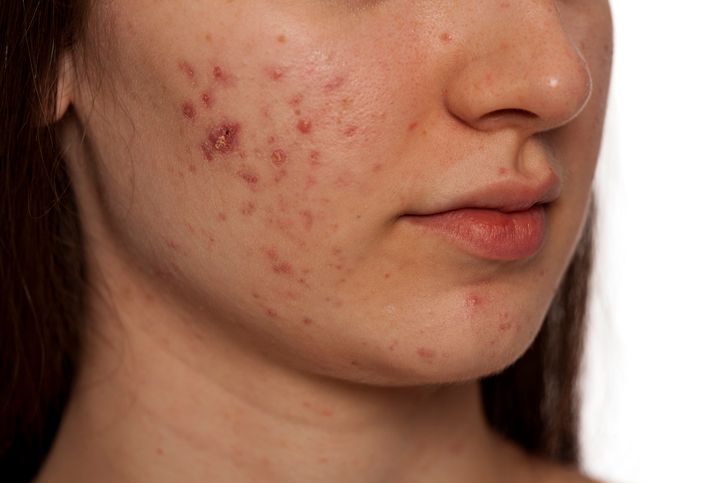
Acne can be treated with this medicine. It might lessen acne breakouts overall, lessen their intensity, and hasten the healing of any breakouts that do occur. Adapalene is a member of the retinoids drug class. It functions by influencing cell development and reducing edoema and inflammation.
How to use it
Take this drug just once daily at bedtime, or as prescribed by your doctor or the product package. Use a mild or soapless cleanser to gently clean the affected skin before applying. Pat dry. Wash your hands both before and after using the gel, cream, or lotion if you're taking this medication. Apply a tiny amount of medicine in a thin coating using your fingertips.
Just apply this medication to the skin. Keep this medication away from your mouth and eyes. Applying inside of the mouth or nose is not advised.

Book Now to Experience
Acne Treatment
1 Minute Self-Registration
Date should not be before minimal date

9
Oral Medications
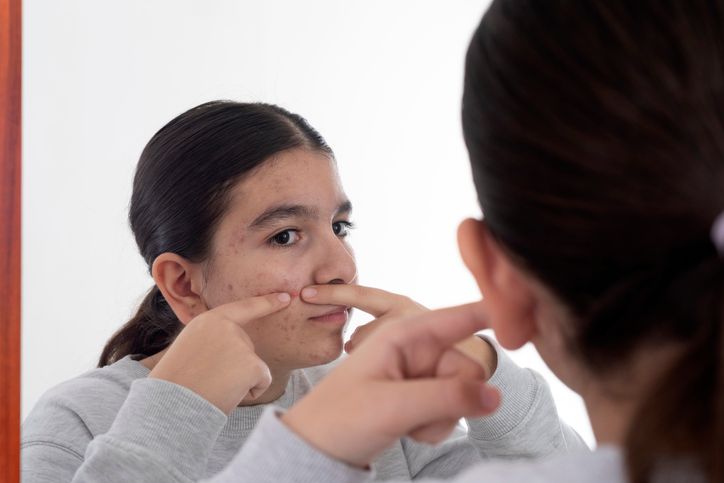
Antibiotics
Doxycycline and erythromycin, for example, destroy microorganisms on your skin and reduce inflammation. That's especially beneficial for inflammatory acne, which manifests as sensitive red pimples and whiteheads loaded with pus.
Spironolactone
Heart failure and excessive blood pressure are both treated with spirolactone. Bringing down high blood pressure reduces the risk of heart attacks, kidney issues, and strokes. By eliminating extra fluid and easing symptoms like breathing difficulties, it is also used to treat swelling (edoema) brought on by some illnesses (including heart failure and liver disease).
How to use
When prescribed by your physician, take this medication by mouth. If you experience stomach distress, take it with food or milk. To avoid having to wake up in the middle of the night to urinate, it is preferable to take your dose in the morning (before 6 p.m.).
Shake the bottle of this medication thoroughly before each dose if you're using the liquid form. Use a proper measuring tool or spoon to precisely measure the dose.
Isotretinoin
When other treatments have failed to control severe cystic acne, also known as nodular acne, this drug is utilized (such as benzoyl peroxide or clindamycin applied to the skin or tetracycline or minocycline taken by mouth). It functions by reducing the production of face oil (sebum). Sebum production in excess can cause severe acne. Severe acne may leave lasting scars if untreated.
How to use
If prescribed by your doctor, take this medication by mouth twice daily for 15 to 20 weeks. Completely inhale the capsules. Do not chew them or smash them. While some brands of this prescription advise taking it with meals, other brands suggest taking it with or without food.

10
Conclusion
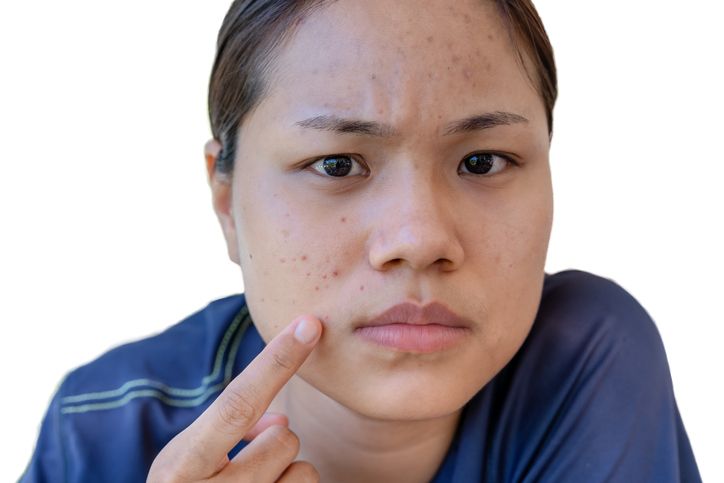
Several experts think there is no way to prevent acne because of its link to erratic hormone levels and potential genetic factors. Treatments help keep acne under control and reduce new outbreaks. It is advised to take good care of your skin, especially during adolescence.
Try to incorporate certain habits such as using a gentle cleanser twice a day and avoid cleansers or products with a gritty texture or those containing scrubbing particles. These items have the potential to aggravate skin and cause outbreaks. Most importantly, do not pop, squeeze, or pick at pimples. Skin infections and scars may result from this.
FAQ
What is the critical phase in the management of acne?
Cleansing. Cleaning your face every day is unquestionably the most crucial step in treating acne-prone skin. If you want to make sure that your pores don't get clogged with debris, bacteria, makeup, and extra oil, you must remove them all.
Does treatment for acne make the acne worse?
Treatments for acne can be drying and a little harsh on your skin, especially if they include active chemicals like benzoyl peroxide and salicylic acid. Your skin may become sensitive if you apply too many treatments simultaneously, which could lead to more breakouts.
What occurs throughout acne treatment?
The majority of acne facials assert that they can lessen acne symptoms by washing the skin to get rid of dirt, oil, and pollutants. exfoliation, or the removal of dead skin cells, is a method of clearing clogged pores. lowering skin irritation and oil production.
What occurs throughout acne treatment?
The majority of acne facials assert that they can lessen acne symptoms by washing the skin to get rid of dirt, oil, and pollutants. exfoliation, or the removal of dead skin cells, is a method of clearing clogged pores. lowering skin irritation and oil production.

Book Now to Experience
Acne Treatment
1 Minute Self-Registration
Date should not be before minimal date
Recommended Articles
COPYRIGHT© NEW BEAUTY MANAGEMENT LIMITED 2025. ALL RIGHT RESERVED.

